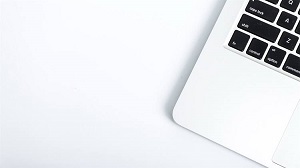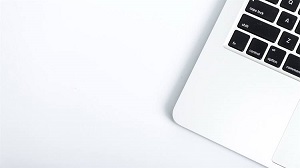


Search

Computer-Implemented Inventions (CII) are a hot topic in the patent world. While some countries grant patents for all types of software, the patent practice in Europe is a different matter. Here, developers need to show that their invention actually makes a contribution in a technical field.
Computers are part of almost every area of modern life. And they are getting more advanced every day, with increasingly small gadgets performing ever more complicated tasks. Consequently, the number of new inventions seeking patent status in the field has been rising steadily.
In fact, patent applications for computer-based inventions have the highest growth rate among all patent categories presented to the European Patent Office (EPO) over the past few years.
A thorough examination process awaits all new applications in this field. The main aim is to distinguish true technological innovations - which contribute to the overall level of progress - from straightforward variations on existing methods. In technical terms, this means ensuring the novelty and inventiveness of computer-implemented inventions (CII).
What are CIIs?
A CII is usually defined as an invention that works by using a computer, a computer network or other programmable apparatus. To qualify, the invention also needs to have one or more features which are realised wholly or partly by means of a computer program.
To be patentable, CIIs must fulfil the same basic patentability requirements as inventions in all other fields. These are set out in the European Patent Convention (EPC).
Accordingly, CIIs can be patented if:
They have technical character and solve a technical problem.
They are new.
They involve an inventive technical contribution to the prior art.
With this definition as a basis, the patenting process for CIIs at the EPO is very restrictive as it puts emphasis on new technical solutions. The most striking consequence of this definition is that computer programs, which do not solve a technical problem, are not patentable in Europe.

OF OVER 20 THOUSAND CHINESE “DIAMOND” PATENTS, 60% BELONG TO THE TWO COMPANIES
2021-12-17
SIPO Published Statistics on Patent Applications and Grants in China for 2014
2015-02-12
SIPO Seeks Public Opinions on Draft Amendments to Measures for Patent Administrative Law Enforcement
2015-01-28